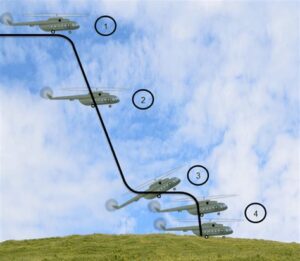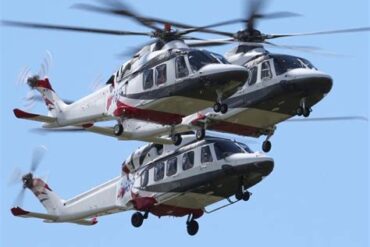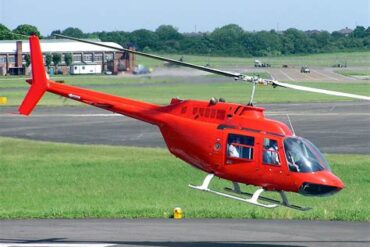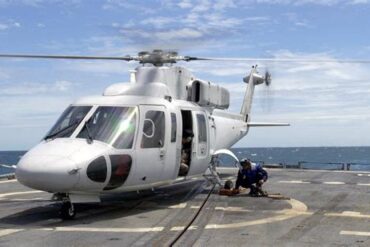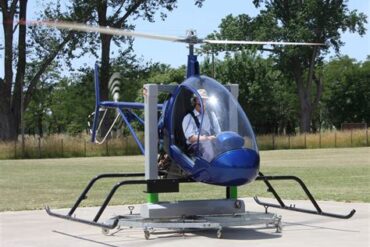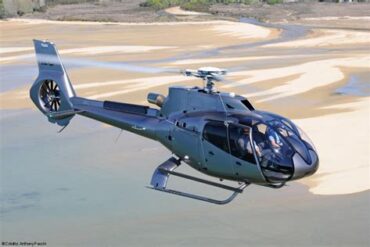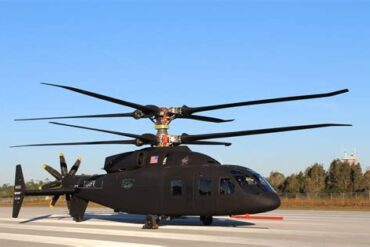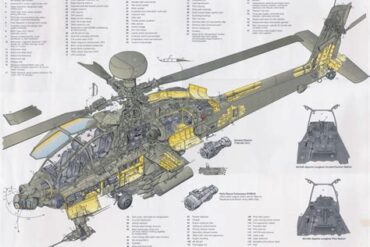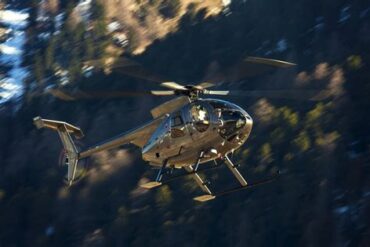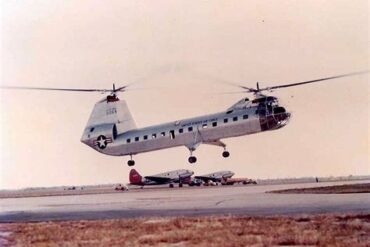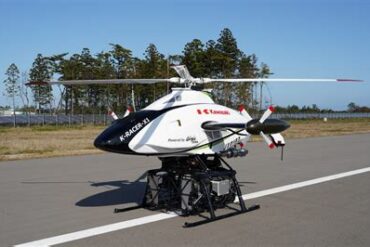Autorotation is a critical flight maneuver that every helicopter pilot must master. This technique enables a helicopter to land safely in the event of an engine failure. During autorotation, the helicopter’s rotor system continues to spin freely, allowing for controlled descent without engine power. Understanding the principles of autorotation, including the dynamics involved, is essential for ensuring safety and proficiency in helicopter operations.
Understanding Helicopter Flight Dynamics
To fully appreciate autorotation, it is vital to comprehend the fundamental principles of helicopter flight dynamics. Helicopters generate lift through their rotors, which are shaped like airfoils. As air flows over the rotor blades, a pressure difference is created, allowing the helicopter to rise or maintain altitude. When a pilot reduces power or experiences an engine failure, the helicopter transitions from powered flight to autorotation.
The Physics Behind Autorotation
During autorotation, the helicopter’s rotor system is driven by the upward flow of air as the helicopter descends. This airflow causes the rotor blades to continue rotating, creating lift. The helicopter must maintain a specific angle of attack to ensure that the rotor blades can harness this airflow effectively. The three phases of autorotation—descent, flare, and landing—are crucial for achieving a safe landing.
-
Descent Phase: Upon realizing engine failure, the pilot immediately enters the autorotation mode by lowering the collective pitch control. This action reduces the pitch of the rotor blades, allowing for a higher rate of descent while maintaining rotor speed. The pilot must establish a proper descent rate and maintain rotor RPM within the optimal range.
-
Flaring Phase: As the helicopter approaches the ground, the pilot transitions to the flare phase. By pulling back on the cyclic control, the helicopter is maneuvered into a level attitude, which helps to slow the descent rate and build rotor RPM. This maneuver is critical for preparing for a controlled landing.
-
Landing Phase: Finally, during the landing phase, the pilot adjusts the rotor pitch and prepares for touchdown. By gradually increasing the collective pitch, the pilot can manage the descent rate and cushion the landing, allowing for a safe touch down.
Key Factors Affecting Autorotation
Several factors significantly influence the effectiveness and safety of autorotation maneuvers. Understanding these factors is essential for pilots aiming to enhance their skills and ensure safe operations.
1. Helicopter Configuration
Different helicopter models have unique configurations that can impact autorotation performance. Factors such as rotor diameter, weight, and blade design play critical roles in the helicopter’s ability to autorotate effectively. Helicopters with larger rotor diameters typically have better autorotation characteristics due to their increased lift capability during descent.
2. Weight and Load Factor
The helicopter’s weight and load factor directly affect autorotation performance. Heavier helicopters may require a steeper descent angle to maintain rotor RPM, which can complicate the landing process. Pilots must consider the aircraft’s weight, including passengers, cargo, and fuel, when calculating the appropriate autorotation parameters.
3. Wind Conditions
Environmental conditions, particularly wind, play a crucial role in autorotation. A headwind can increase the helicopter’s effective lift, allowing for a more controlled descent. Conversely, a tailwind can decrease lift and complicate the landing process. Pilots must always assess wind conditions before attempting an autorotation maneuver.
Training and Practice
Mastering autorotation is essential for helicopter pilots, and thorough training is required to develop proficiency. Flight schools typically emphasize the importance of autorotation drills during initial training and recurrent training sessions. Regular practice not only reinforces muscle memory but also builds confidence in handling emergency situations.
Simulator Training
Simulator training offers a valuable opportunity to practice autorotation maneuvers in a controlled environment. Many flight schools utilize advanced simulators that replicate various helicopter models and emergency scenarios. This training enables pilots to experience the dynamics of autorotation without the inherent risks associated with actual flight.
In-Flight Training
In-flight training is a critical component of autorotation proficiency. Under the guidance of experienced instructors, pilots practice autorotation maneuvers in real-world conditions. This hands-on experience allows pilots to understand the nuances of autorotation and develop the necessary skills to respond effectively in emergency situations.
Common Mistakes During Autorotation
Despite thorough training, pilots may still encounter challenges during autorotation maneuvers. Recognizing common mistakes can help enhance safety and improve overall performance.
1. Improper Descent Rate Management
One of the most common mistakes pilots make during autorotation is failing to manage the descent rate effectively. A rapid descent can lead to a dangerous situation if the pilot does not adjust the rotor pitch appropriately. Maintaining a controlled descent is critical for ensuring sufficient rotor RPM and achieving a safe landing.
2. Delayed Flare Maneuver
Delaying the flare maneuver can have catastrophic consequences. Pilots must recognize the appropriate moment to initiate the flare phase to ensure a controlled descent and landing. Timing is crucial; a late flare can lead to excessive descent rates and difficulty managing the landing.
3. Over-reliance on Instruments
While instruments provide valuable data during autorotation, pilots must rely on their instincts and training. Over-reliance on instruments can lead to delayed reactions and poor decision-making. Effective training encourages pilots to develop a strong understanding of the aircraft’s behavior in autorotation scenarios, enhancing their ability to respond appropriately.
Real-World Applications and Case Studies
The importance of mastering autorotation extends beyond training environments. Several real-world incidents demonstrate the effectiveness of autorotation in emergency situations. By analyzing these case studies, pilots can gain insights into best practices and the critical decision-making processes involved.
Case Study 1: Emergency Landing in a Residential Area
In a notable incident, a helicopter experienced an engine failure while flying over a residential area. The pilot promptly entered autorotation, allowing for a controlled descent. By assessing the surrounding environment, the pilot successfully landed in a vacant lot, avoiding significant damage and injury. This case illustrates the importance of remaining calm and executing proper autorotation techniques in high-pressure situations.
Case Study 2: Water Landing
Another remarkable example involved a helicopter that lost power while over water. The pilot executed an autorotation maneuver, allowing for a safe water landing. By maintaining rotor RPM and timing the flare correctly, the pilot ensured a controlled descent into the water. This case highlights the versatility of autorotation in various environments and the need for pilots to be well-versed in emergency procedures.
Conclusion
Mastering autorotation is a fundamental aspect of helicopter pilot training. By understanding the principles of autorotation, the factors influencing its effectiveness, and the common pitfalls to avoid, pilots can enhance their safety and proficiency in helicopter operations. Continuous training, both in simulators and real-world scenarios, is vital for developing the skills necessary to execute autorotation successfully. Through dedication and practice, pilots can navigate emergency situations with confidence, ensuring safe landings and the well-being of all aboard.
